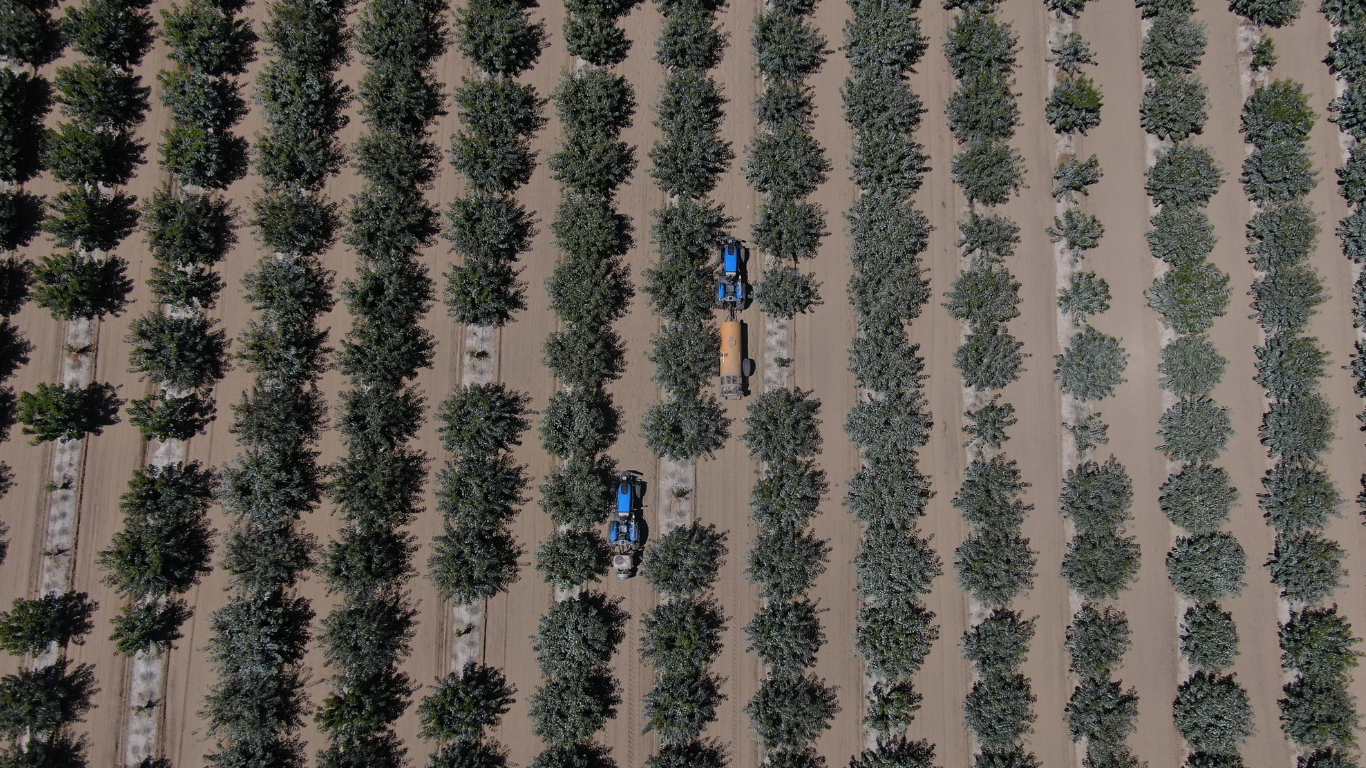Introduction: The Shift to Smarter Farming
Autonomous farming is changing how growers manage operations. Using artificial intelligence, advanced sensors, and precision navigation, today’s autonomous systems can perform tasks like spraying and chemical spreading with exceptional consistency and accuracy.
For growers, this means a more efficient use of resources, reduced labor needs, and better control over operational costs. This guide takes you through the full process of how autonomous farming works, step by step.
Step 1: Mapping the Farm
Every autonomous operation begins with a detailed understanding of the working area.
- Data Collection: GPS and RTK mapping record the exact layout of rows, headlands, boundaries, and obstacles.
- Field Models: This information is converted into a digital map that serves as the foundation for all future operations.
- Adaptability: If the field layout changes, the system can quickly remap to maintain accuracy.
Step 2: Planning the Route
Once the field is mapped, the system calculates the most efficient path for the task.
- Optimization Algorithms: Determine the best route to minimize travel time, reduce overlap, and avoid unnecessary turns.
- Task Parameters: The operator sets details such as speed, spray volume, and application zones.
- Fleet Coordination: If multiple machines are in use, their paths are planned to work in harmony without interference.
Step 3: Autonomous Navigation
This is where the system takes over driving and operation.
- Sensors: LiDAR, cameras, and ultrasonic sensors detect the environment in real time.
- GPS and RTK Guidance: Maintain centimeter-level accuracy along the planned route.
- Obstacle Detection: The system identifies and avoids obstacles while continuing the task.
Step 4: Task Execution
For tasks like spraying or spreading, the system manages application rates and coverage.
- Real-Time Adjustments: Changes spray or spread volume based on plant spacing, canopy structure, and ground speed.
- Consistency: Ensures uniform application across the entire field.
- Documentation: Automatically logs data for reporting and analysis.
Step 5: Monitoring and Reporting
Operators can track progress and performance remotely.
- Live Data Feed: The Compass platform provides real-time updates on location, progress, and operating conditions.
- Historical Records: Past operations are stored for compliance reporting, performance analysis, and planning.
- Remote Support: Diagnostics and troubleshooting can be performed without stopping field operations.
Bluewhite’s Approach to Autonomous Farming
Bluewhite delivers autonomy through a combination of retrofit hardware, AI-powered software, and centralized fleet management.
- Pathfinder Retrofit Kit: Converts existing tractors into fully autonomous machines.
- GEN 4 System: Integrates advanced perception sensors and AI processing for accurate, reliable operation.
- Compass Fleet Management: Gives growers complete control and oversight from a single dashboard.
Why This Matters for Growers
- Efficiency: Complete more work in less time with fewer resources.
- Labor Savings: Reduce the number of operators needed for repetitive tasks.
- Chemical Optimization: Minimize waste by ensuring precise application.
- Sustainability: Lower chemical and fuel use to protect the environment.
- Safety: Reduce human exposure to chemicals and challenging field conditions.
FAQs: How Autonomous Farming Works
Q: Can I use my existing equipment for autonomous operations?
Yes. Bluewhite’s Pathfinder kit is designed to retrofit existing tractors and implements.
Q: How does the system handle obstacles?
Sensors detect obstacles in real time, and the system either stops or reroutes as needed.
Q: Is the technology difficult to learn?
No. Bluewhite systems are designed with intuitive interfaces and guided setup processes.
Conclusion: A Practical Path to Autonomy
Autonomous farming is no longer an experimental technology. It is a practical, proven way to improve efficiency, reduce operational costs, and operate more sustainably. By following this step-by-step process, growers can integrate autonomy into their daily operations without replacing their entire equipment fleet.
Bluewhite is here to make that transition seamless, safe, and effective.

